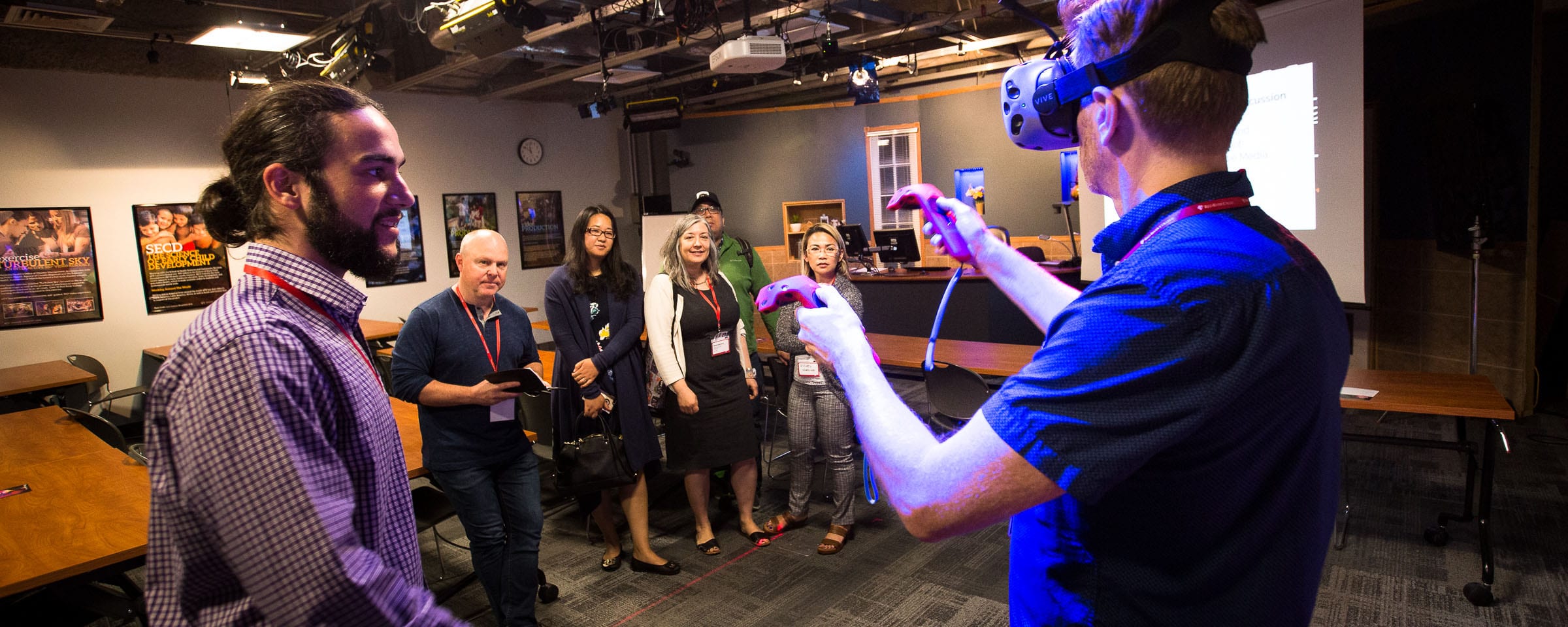Opting for Brain Candy
Injecting Agile into Group Projects (part 1)
 What is it about group work that drives so many students batty? Let me share some of my thoughts on the subject by way of a case study. I teach an Intro to Business course whose mandatory project component requires that teams of 4-5 students work together to submit weekly assignments. We started with the whole group charter thing, defining norms, expectations, etc. But by week # 6, one week before mid-term exams, four of the five groups were almost at blows. Some members were not participating (or even showing up). The quality of submissions was, to be kind, spotty. The stronger students were upset with the group marking, feeling they were (as usual) doing most of the work. Weaker students were by and large disengaged. In short, nobody was happy (myself included). That’s when I hit the brakes, vented a bit, and told everybody that group work was suspended until after exams. Something had to change.
What is it about group work that drives so many students batty? Let me share some of my thoughts on the subject by way of a case study. I teach an Intro to Business course whose mandatory project component requires that teams of 4-5 students work together to submit weekly assignments. We started with the whole group charter thing, defining norms, expectations, etc. But by week # 6, one week before mid-term exams, four of the five groups were almost at blows. Some members were not participating (or even showing up). The quality of submissions was, to be kind, spotty. The stronger students were upset with the group marking, feeling they were (as usual) doing most of the work. Weaker students were by and large disengaged. In short, nobody was happy (myself included). That’s when I hit the brakes, vented a bit, and told everybody that group work was suspended until after exams. Something had to change.
Yesterday was project day-1 after mid-terms, and I did something I wish I had tried from the beginning: I threw the whole mess into Agile. More specifically, I introduced one of its more powerful and adaptable tools, the Kanban board. I had no sooner finished my ten-minute intro that, for the first time this semester, everyone was on task and actively participating. By the end of the 50-minute period I was absolutely giddy. Each team had been required to upload a photo of its board to the course’s learning management system, and despite my not even supplying them with sticky notes, every team had completed a board (like the one on the left). I rushed back to the office to see what had been uploaded and to share my results with anybody who would listen.
“Kanban helps you harness the power of visual information by using sticky notes on a whiteboard to create a “picture” of your work. Seeing how your work flows within your team’s process lets you not only communicate status but also give and receive context for the work. Kanban takes information that typically would be communicated via words and turns it into brain candy.”
LeanKit
OK, to be fair, I did do a bit more than simply introduce the Kanban Board. After thinking hard about why our group work wasn’t working, I realized that there were fundamental problems with the assignment itself and that some serious tweaking was called for.
The following posts will lay out what I felt had to change, and how I hope Kanban will help to put us back on track over the remaining six weeks of the semester. Early results are positive, but I’m not naive enough to claim success after a single class. I expect that more adjustments will be needed in the weeks ahead, and this series will document that journey. The course’s final assignment requires that students all submit an individual reflection on their group’s performance, no doubt providing us some good feedback on the process.
For those of you who have heard the buzz about Agile and wondered what it’s all about, these posts should provide a simple introduction to some of its principles and at least one of its tools, the Kanban board.
Next post >> Manifesto (part 2)

